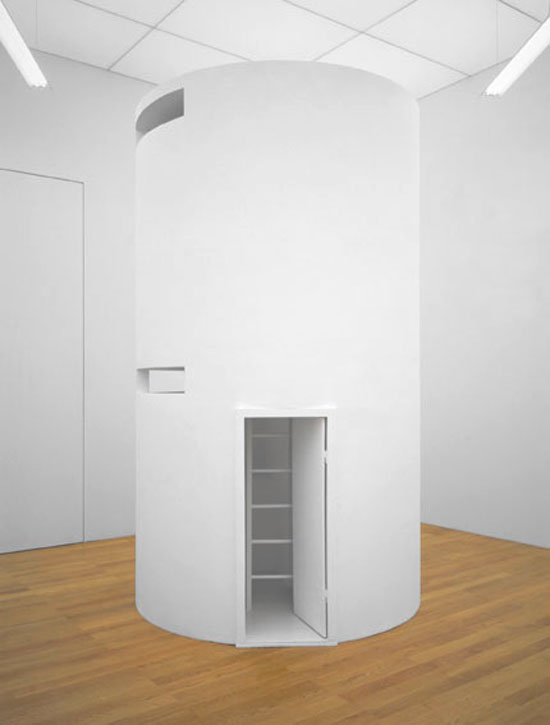
Matt Mullican
Untitled
“This work arose from Mullican’s preoccupation with urban space and the creation of virtual cities and worlds. Mullican works with the symbols and old concepts that were used in the explanation of the world. The five parts of this work resemble archive boxes or type cases, which address the reduced character of virtual models. The containers could, however, also make us think of industrial complexes. They point to the loss of old concepts of the world and build on the creation of utopian ideals that remain valid for all time.” Teresa Lošonc
